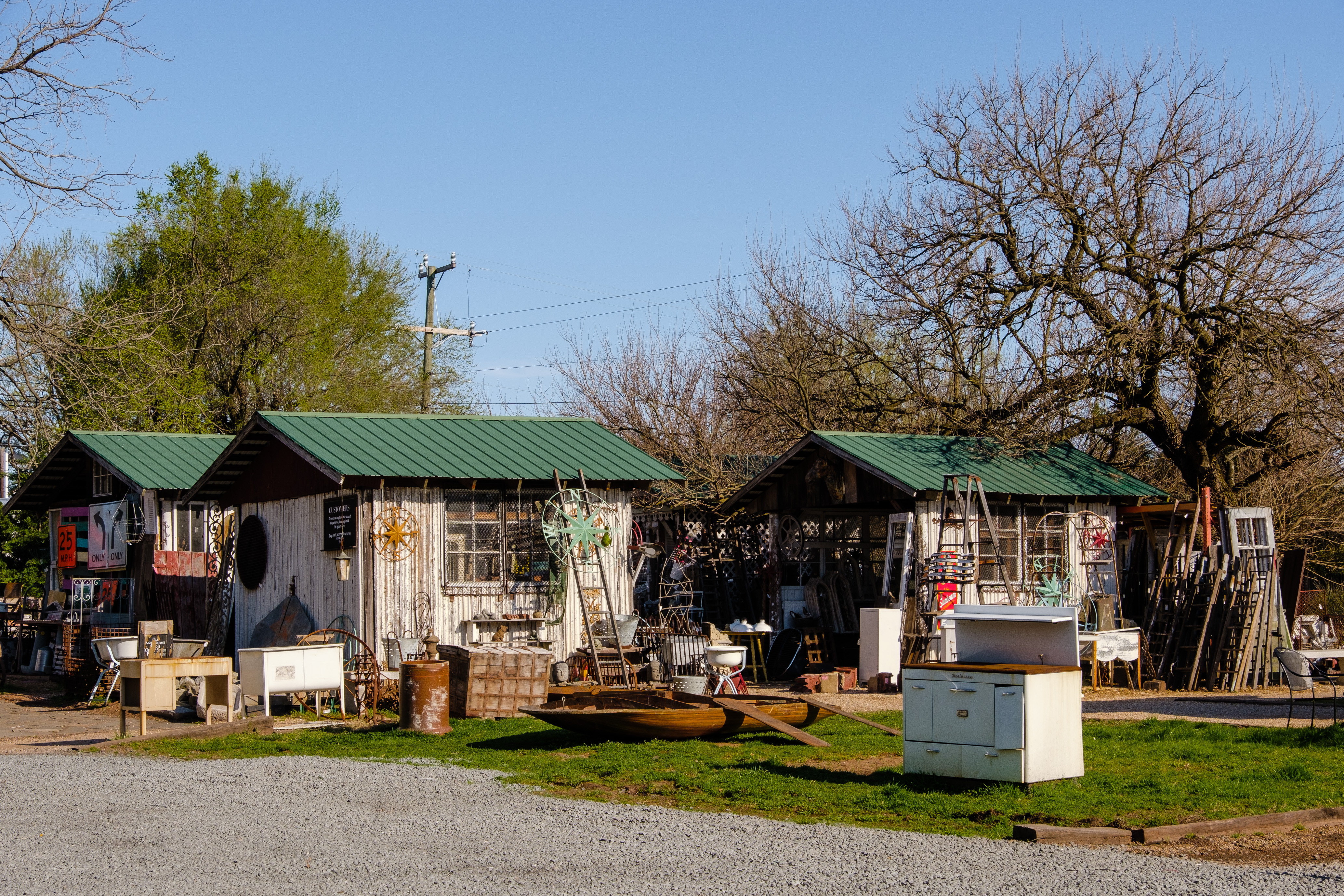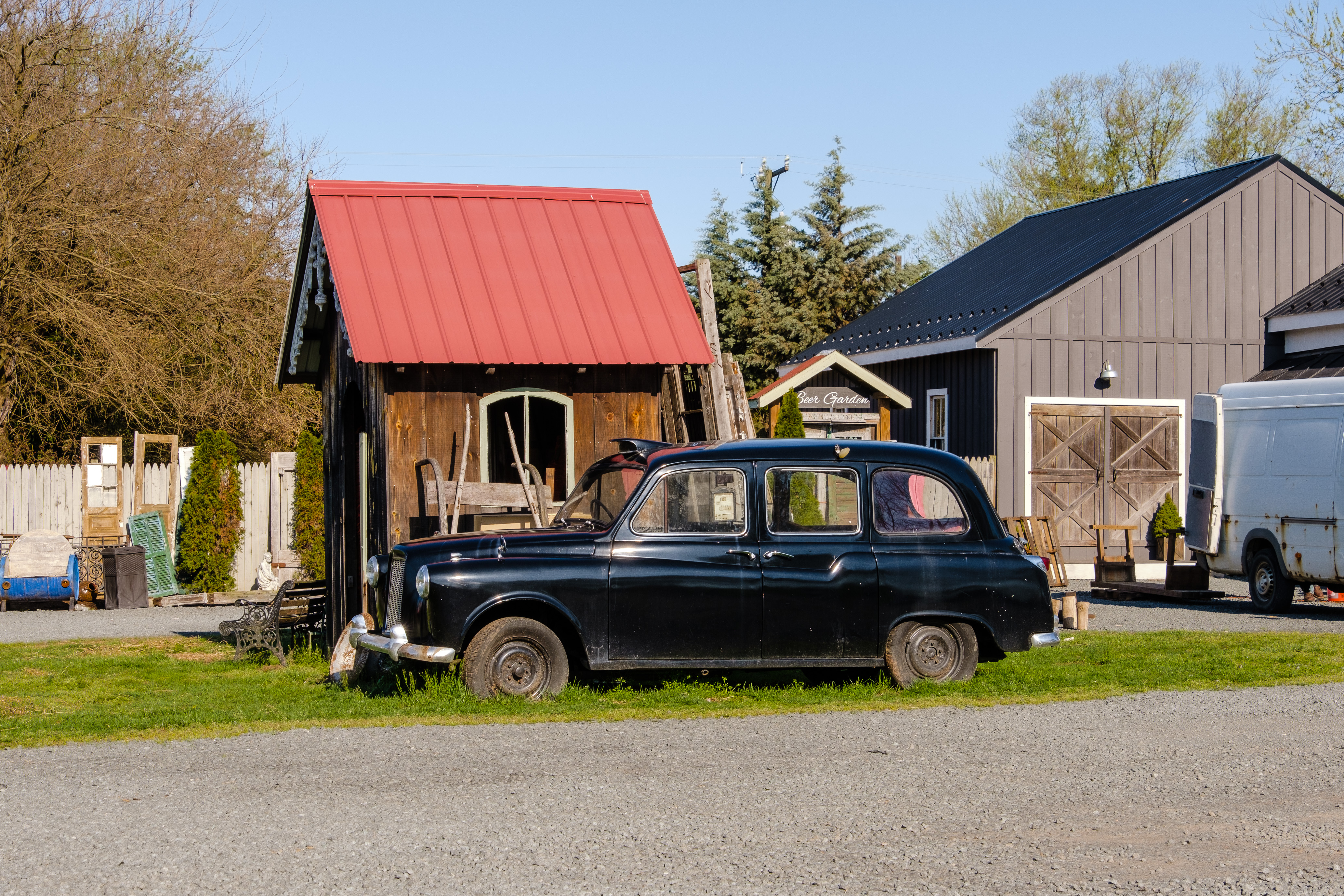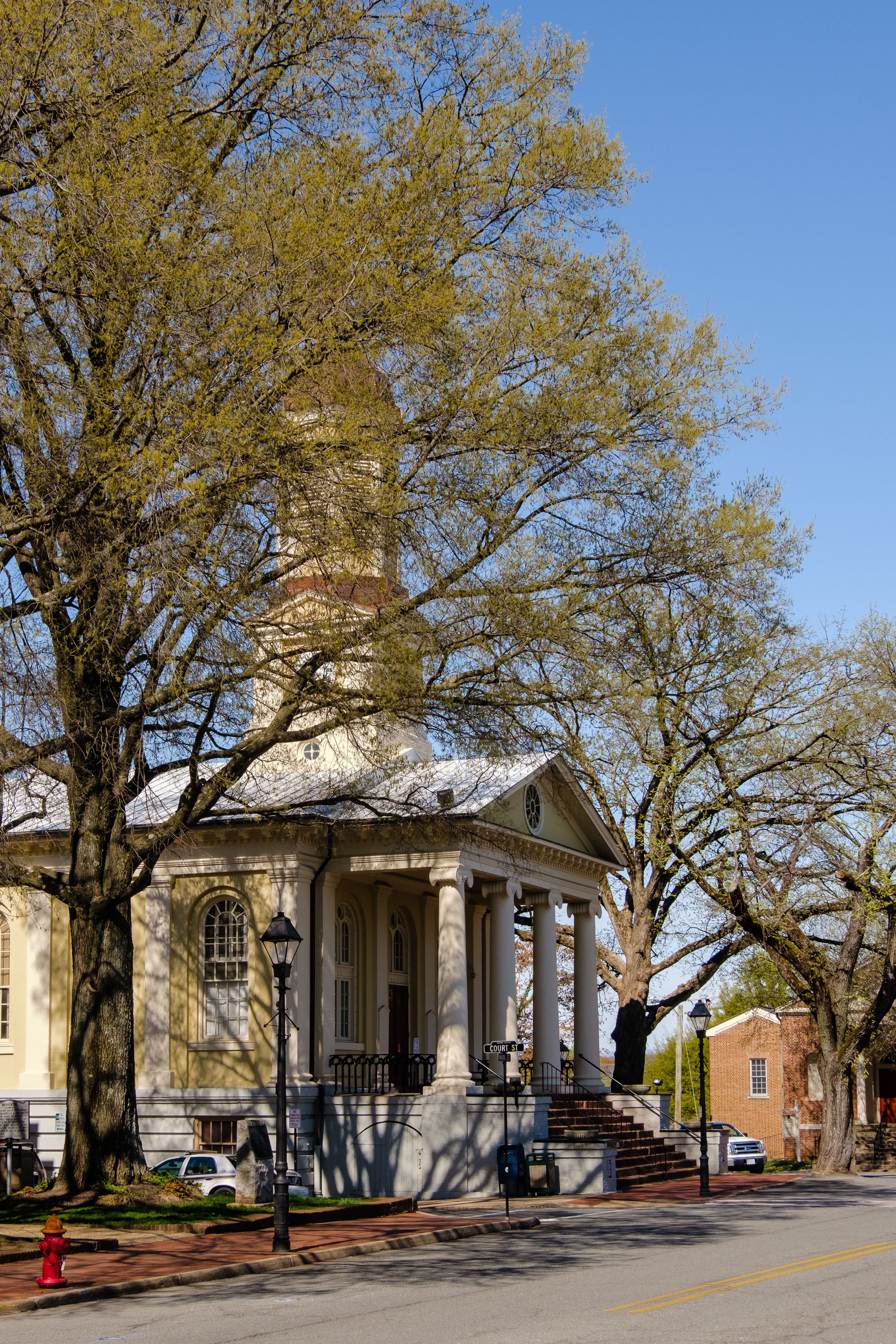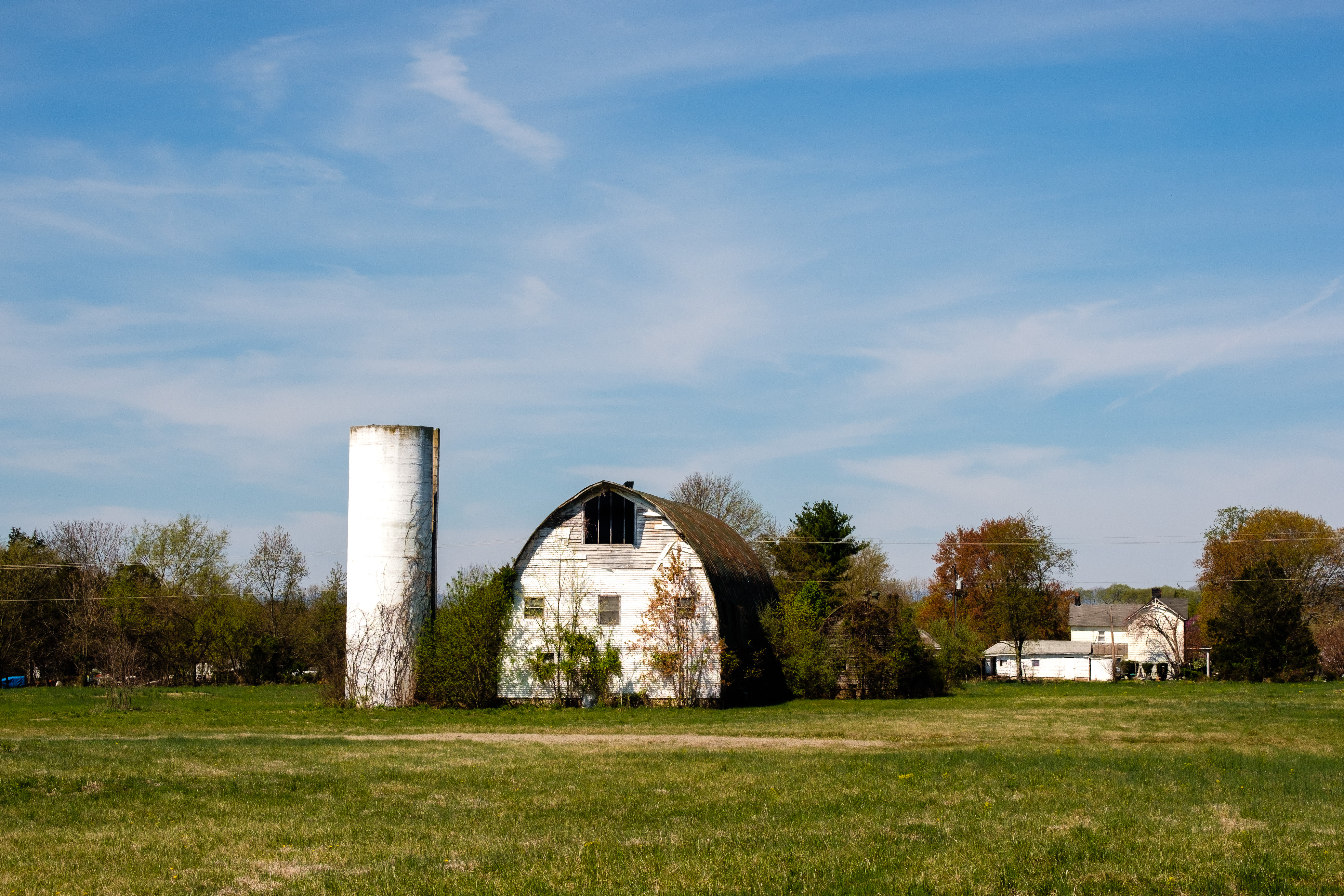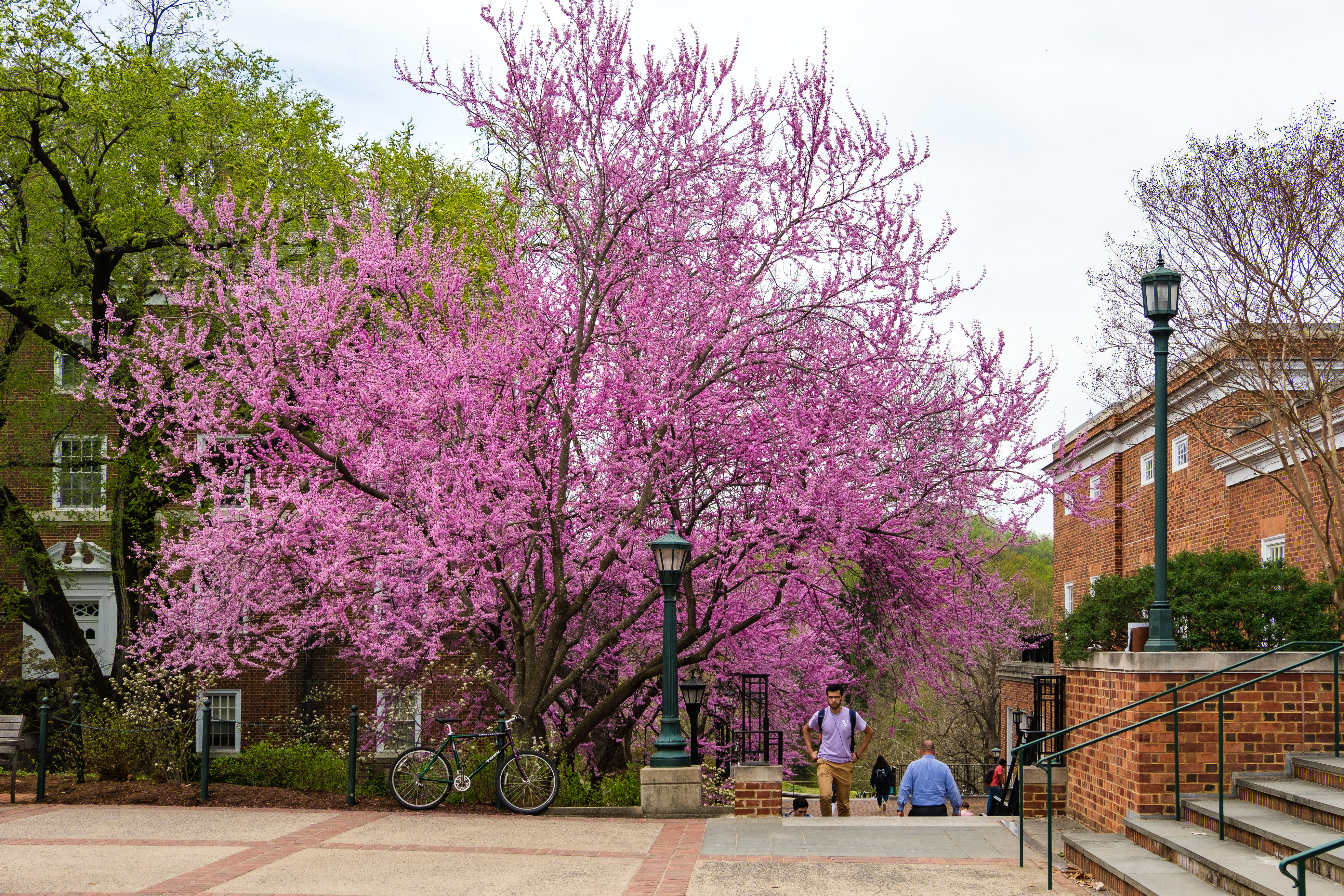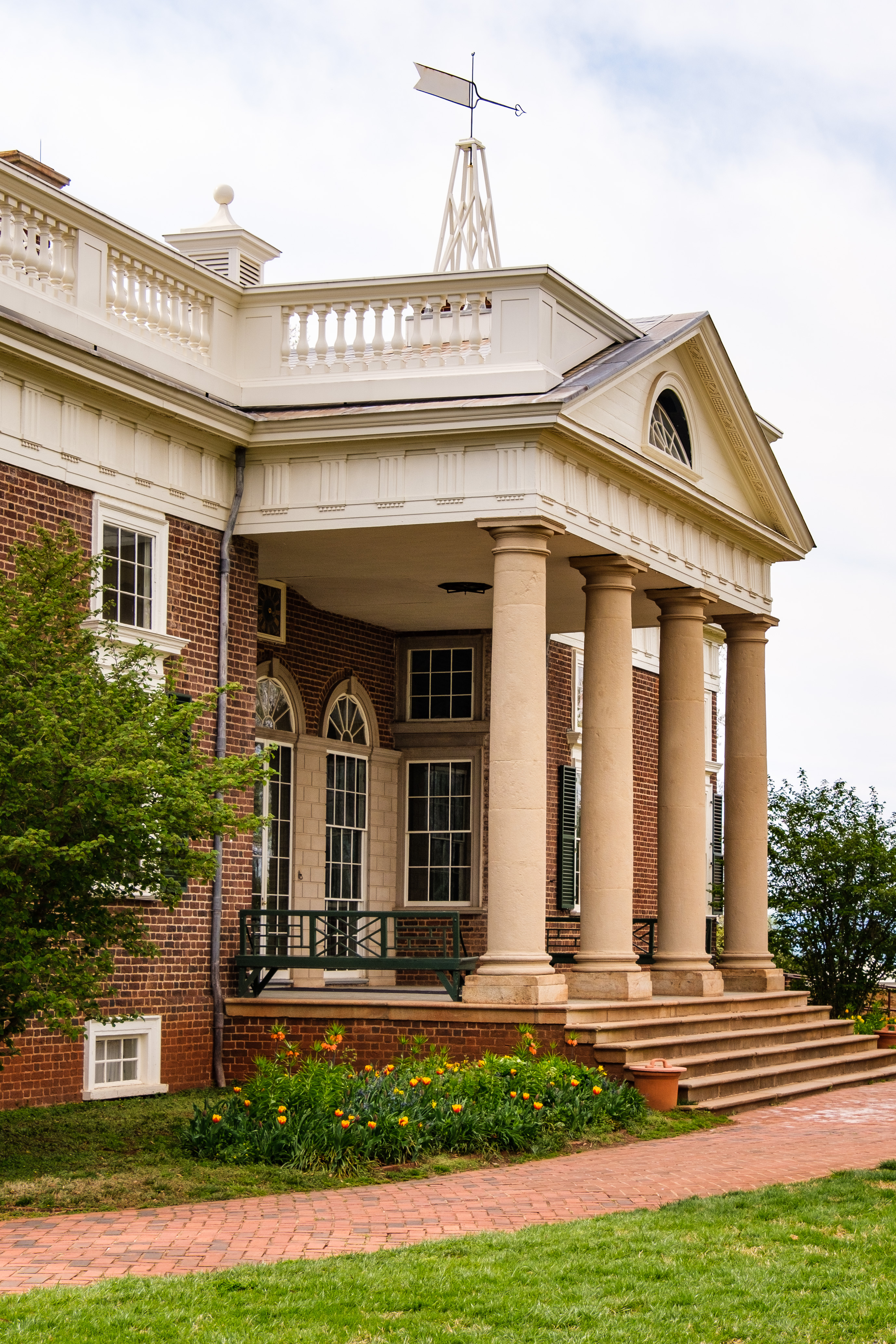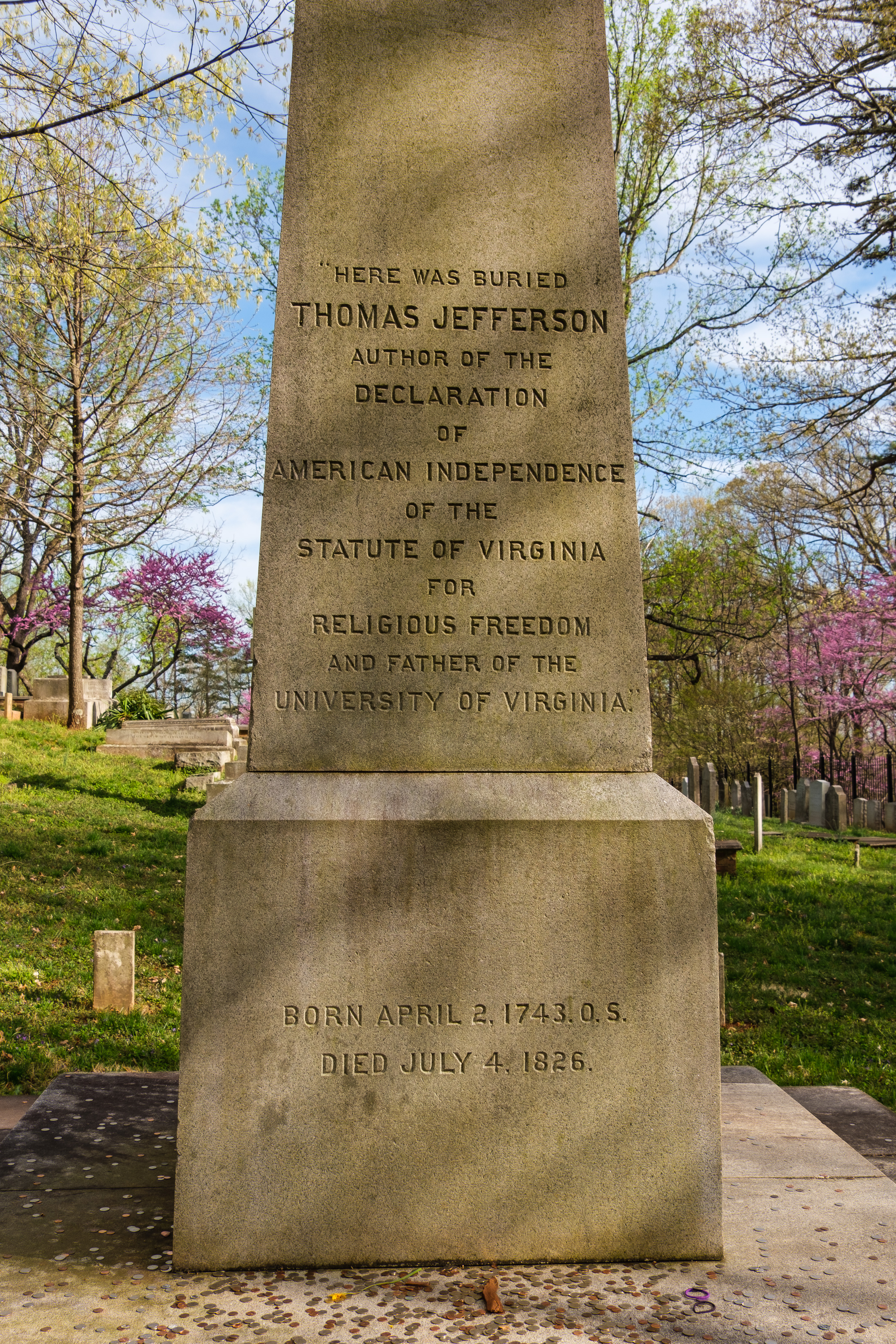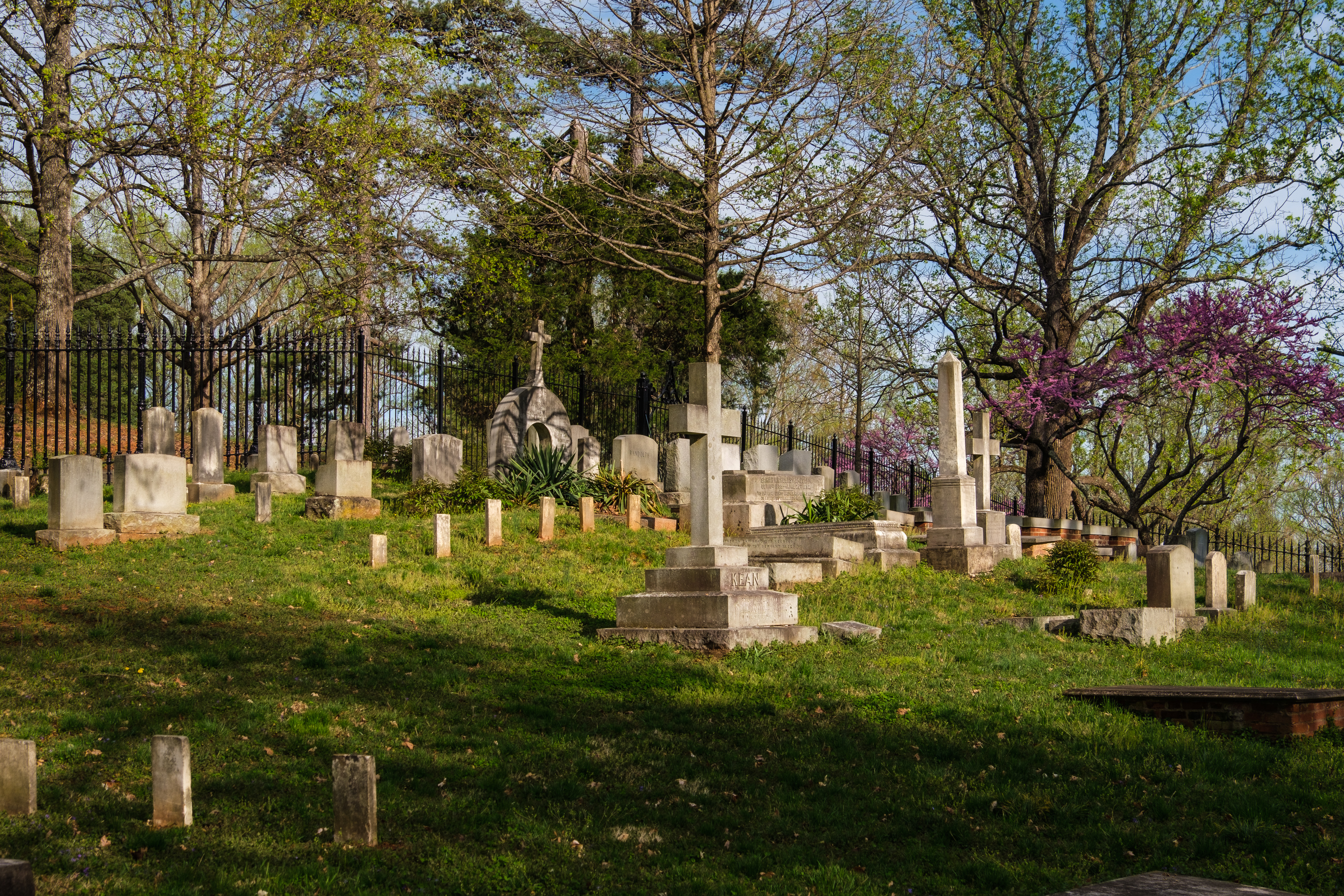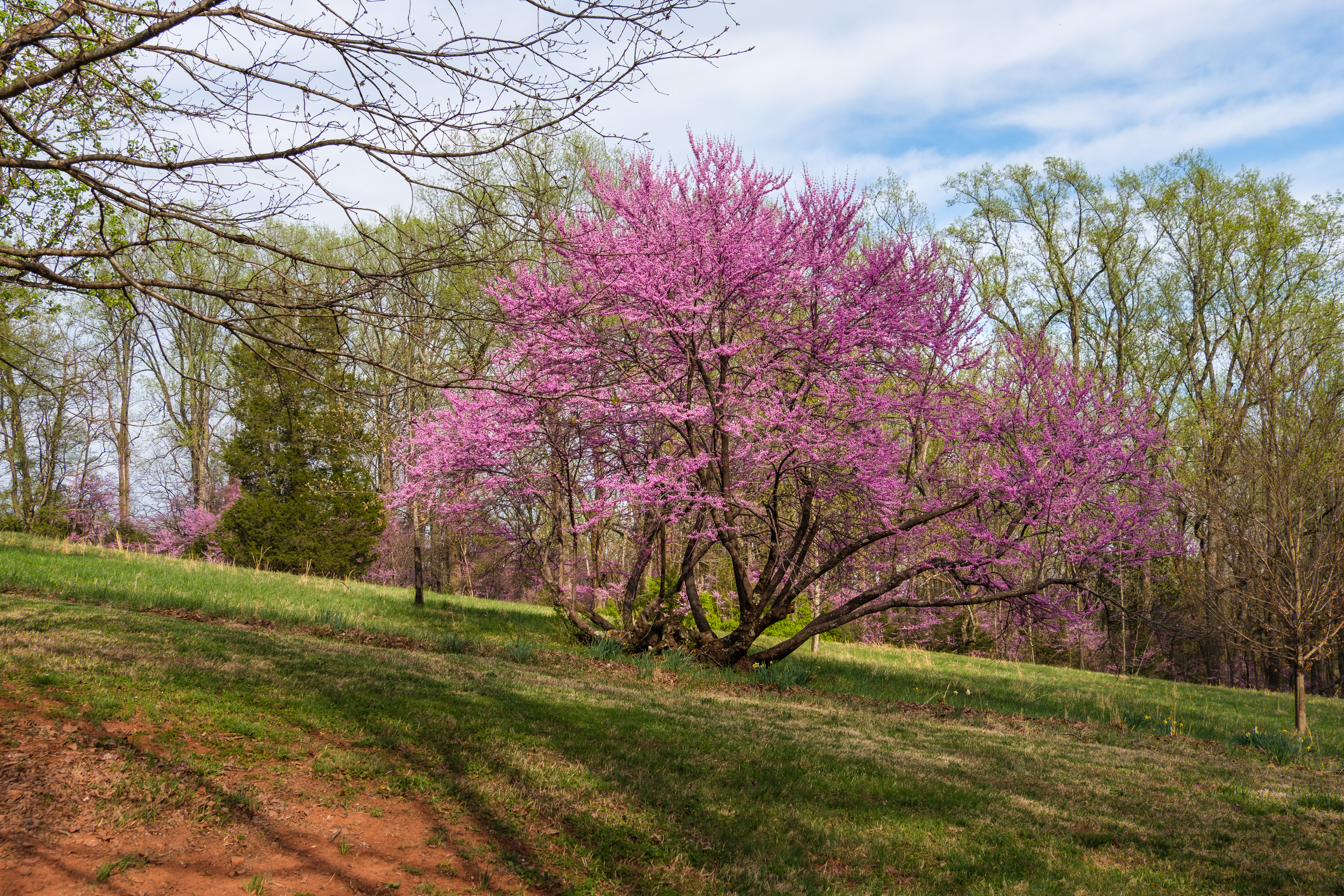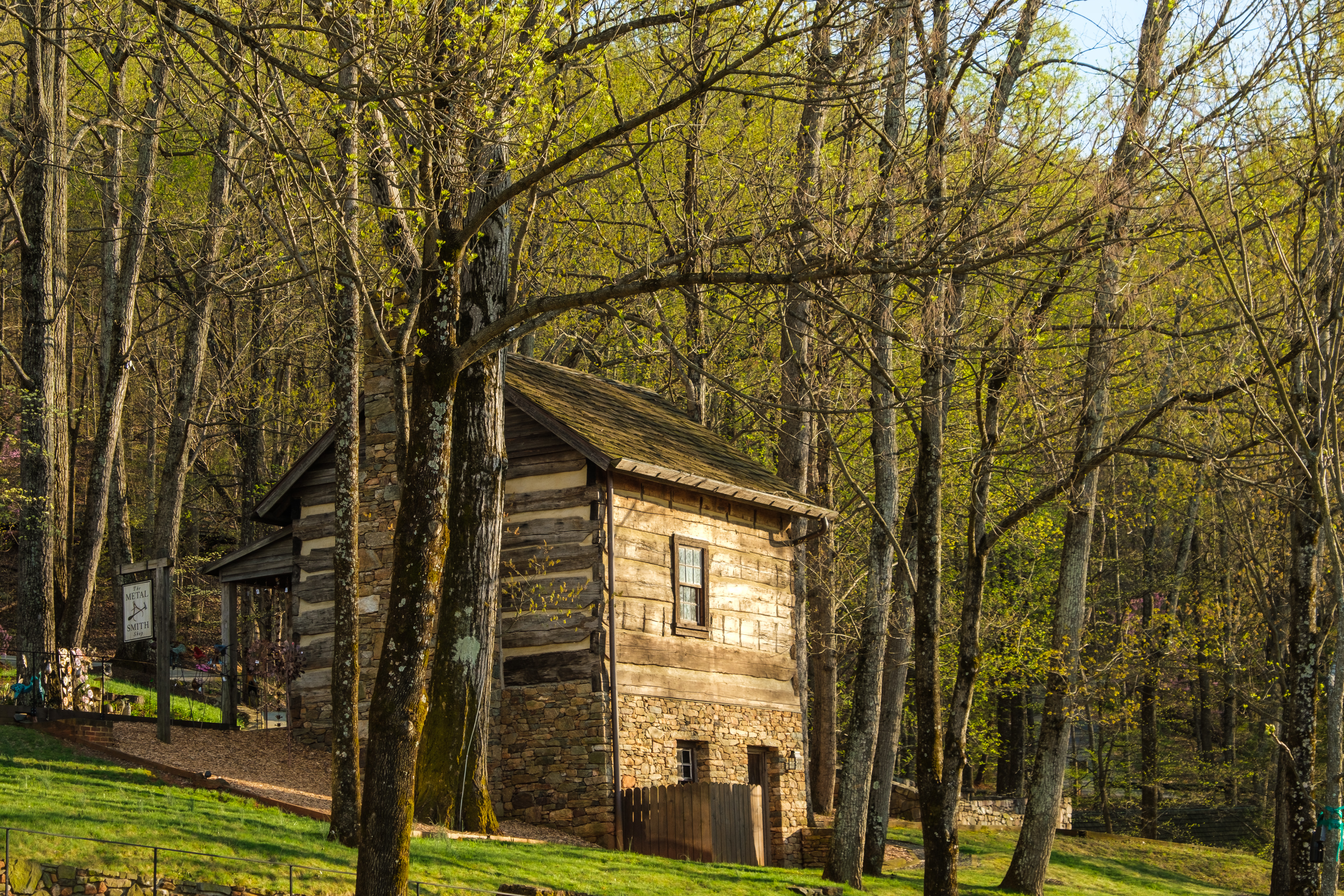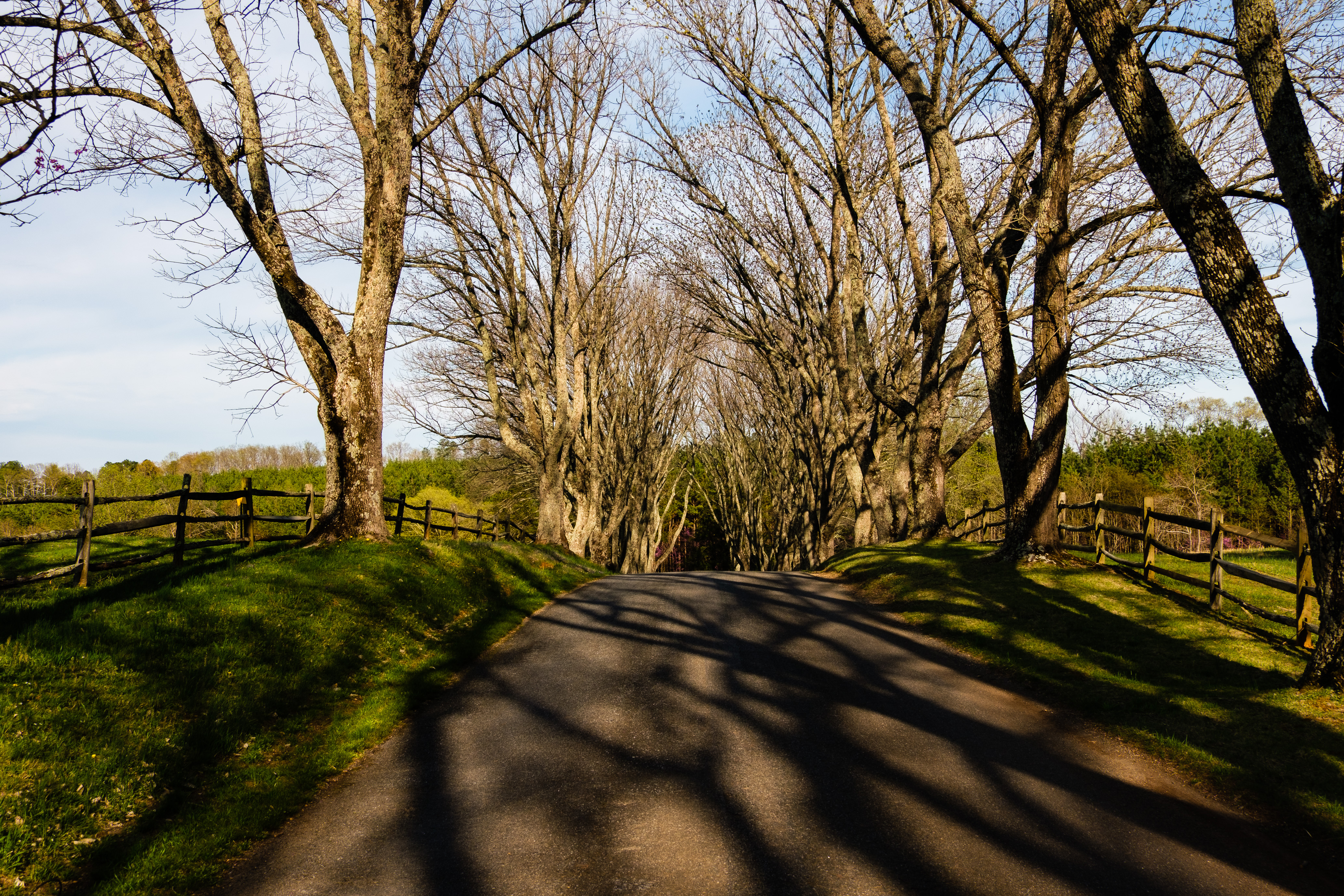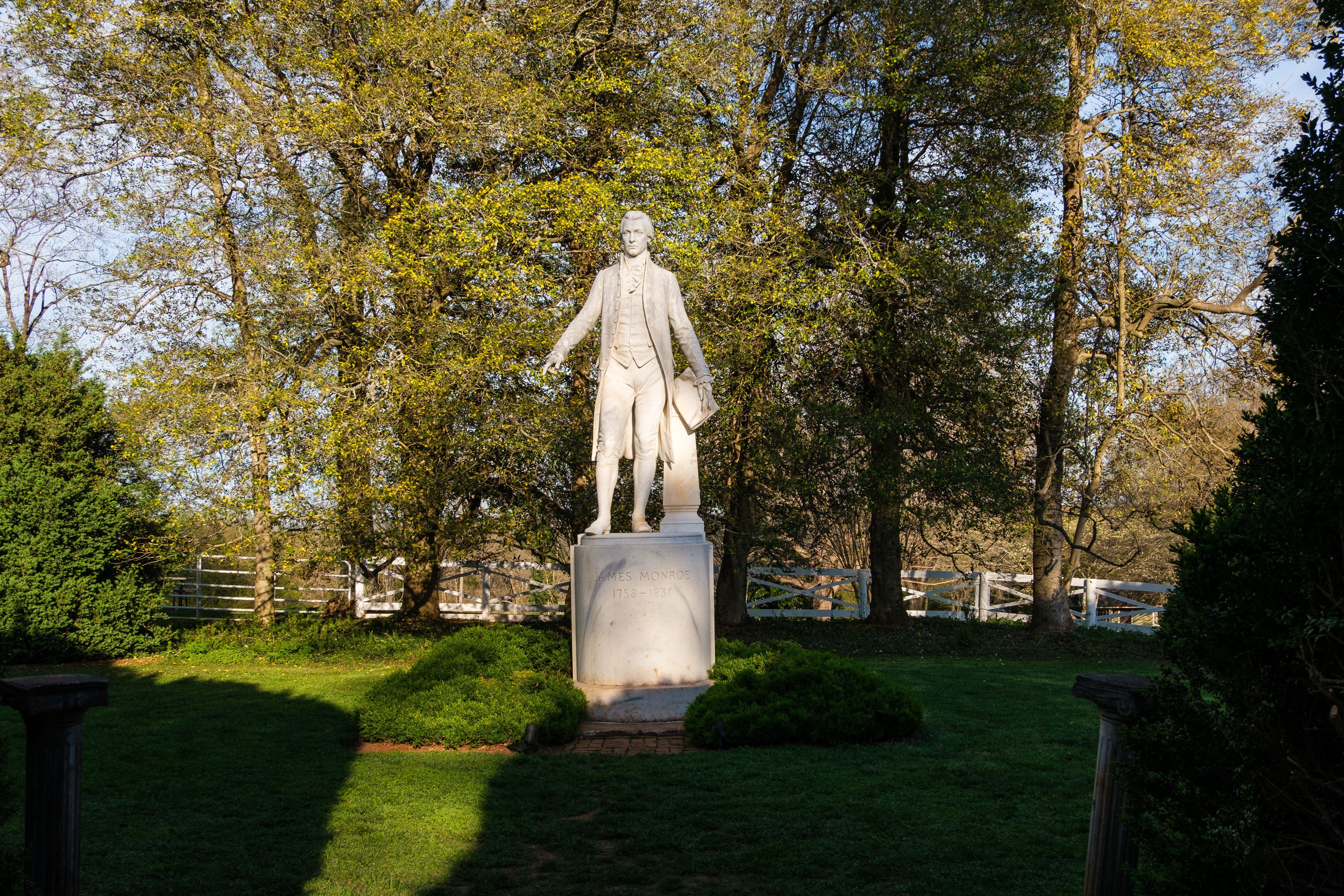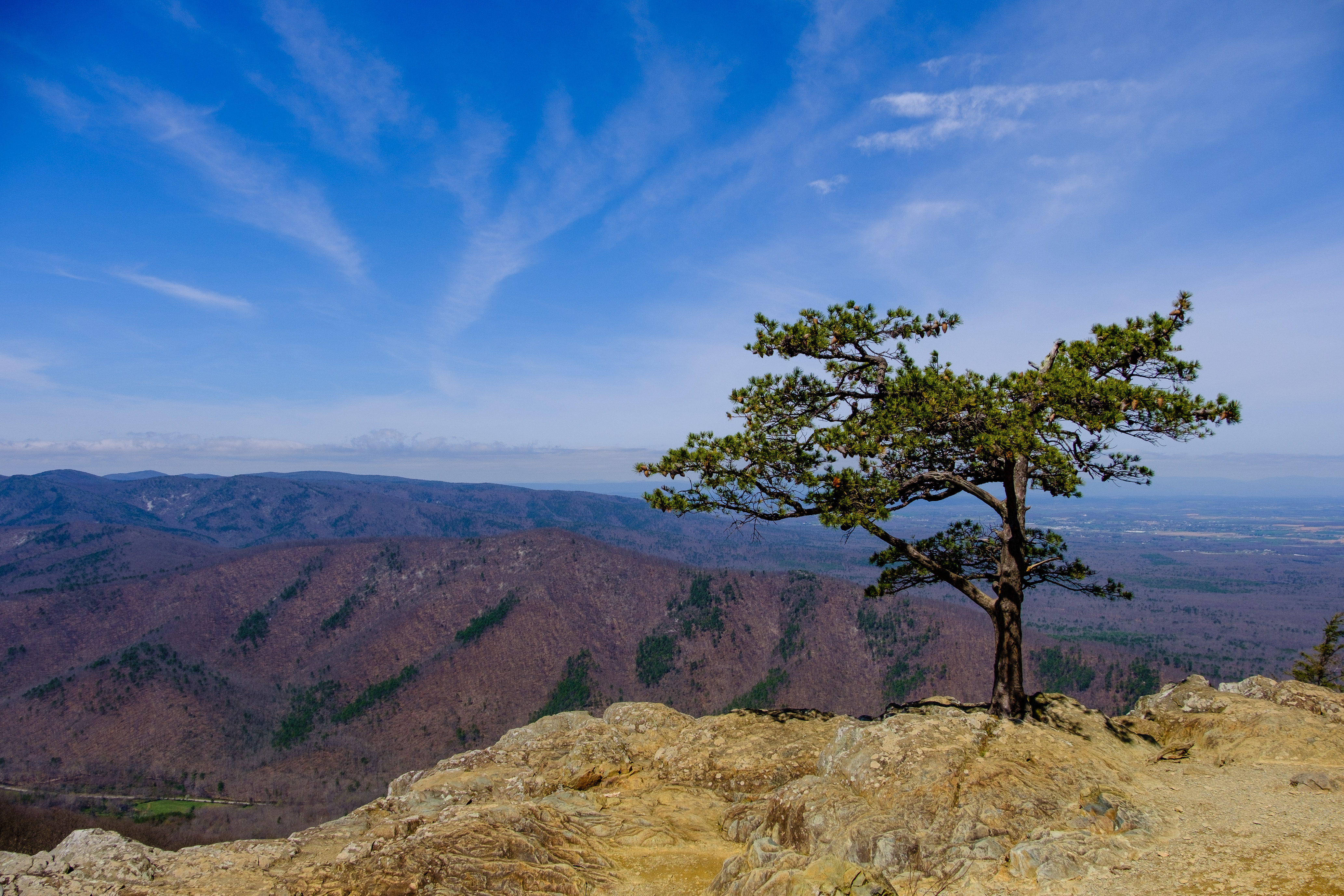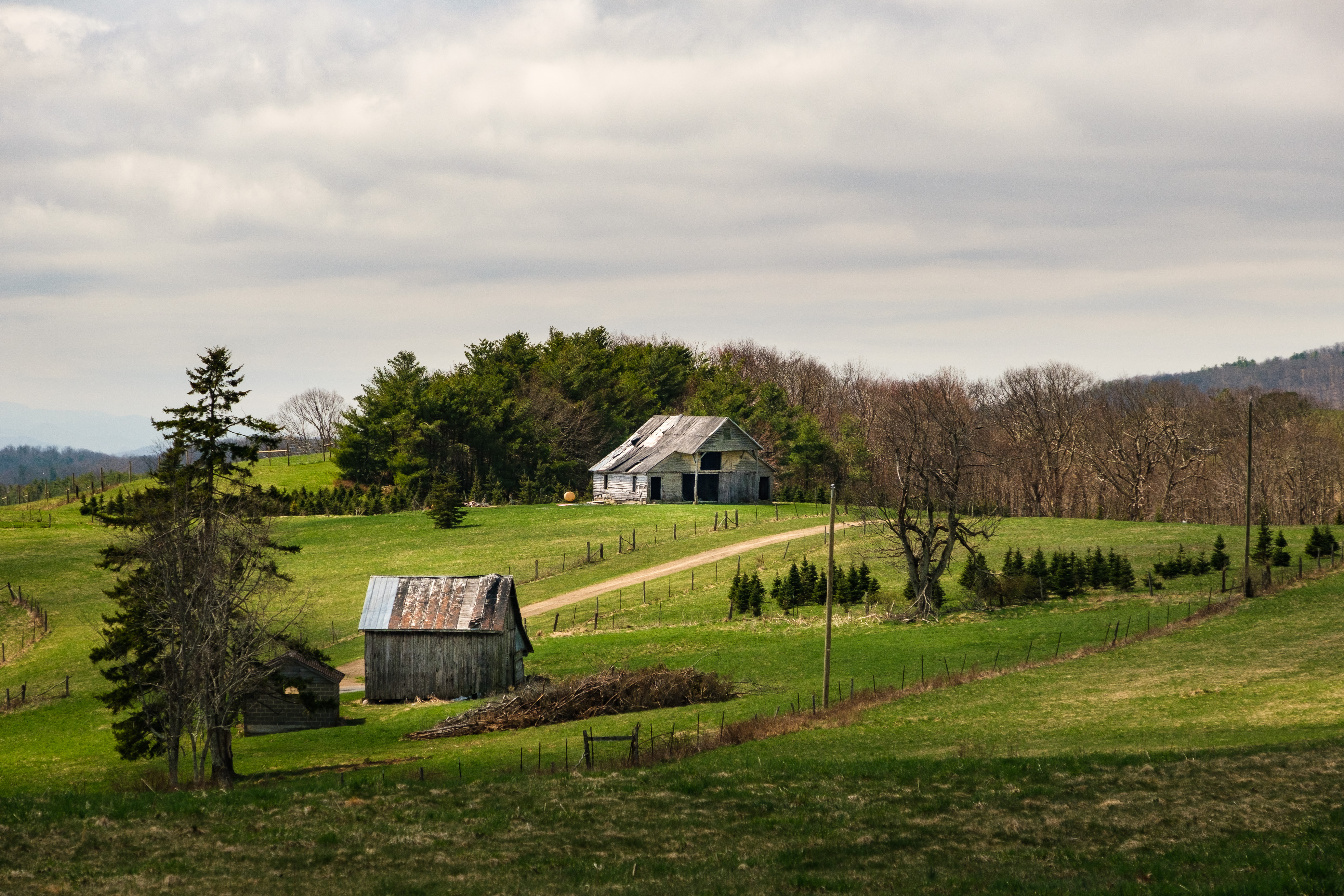 Home will always be Virginia
Home will always be Virginia
‘tween the Blue Ridge and Chesapeake Bay
Atlantic to Appalachia
Home in my heart always
(Page Wilson)
Our journey to the American South continues. This post: the Potomac to the Blue Ridge Parkway.
Please join me for a very enjoyable spring drive southward from Frederick, Maryland, to Charlottesville, Virginia, and then from there to the northern start of the Blue Ridge Parkway by Rockfish Gap where it meets the Skyline Parkway coming out of Shenandoah National Park. It’s a beautiful state (I should say “commonwealth” – it’s officially the “Commonwealth of Virginia”). It is thought to have some of the most beautiful countryside in the whole country. Being from the western US I would certainly debate that, but as to the eastern US, I would not disagree.
As is so often the case on a road trip in the USA, one really has to stay off the freeways (“interstates” in the east) and the bigger highways. Find a National Scenic Byway, if you can, or otherwise get on the back roads and country highways. The reward is tremendous.
This is the Piedmont region of Virginia, east of the Blue Ridge Mountains with much of it in the foothills. The mountain views up on the Blue Ridge Parkway are simply stunning.
Most of the route to Charlottesville was a National Scenic Byway. I pretty much followed US 15 from the Virginia state line at the Potomac River for most of the way until the Byway cuts over to US 20 for the last stretch into Charlottesville. I crossed over the Potomac just south of Point of Rocks MD (over the Point of Rocks Bridge) on US 15 and headed south from there. In the photos, the stops along this route (with some detours) include Leesburg, Warrenton, Culpeper, Barboursville and, finally, Charlottesville.
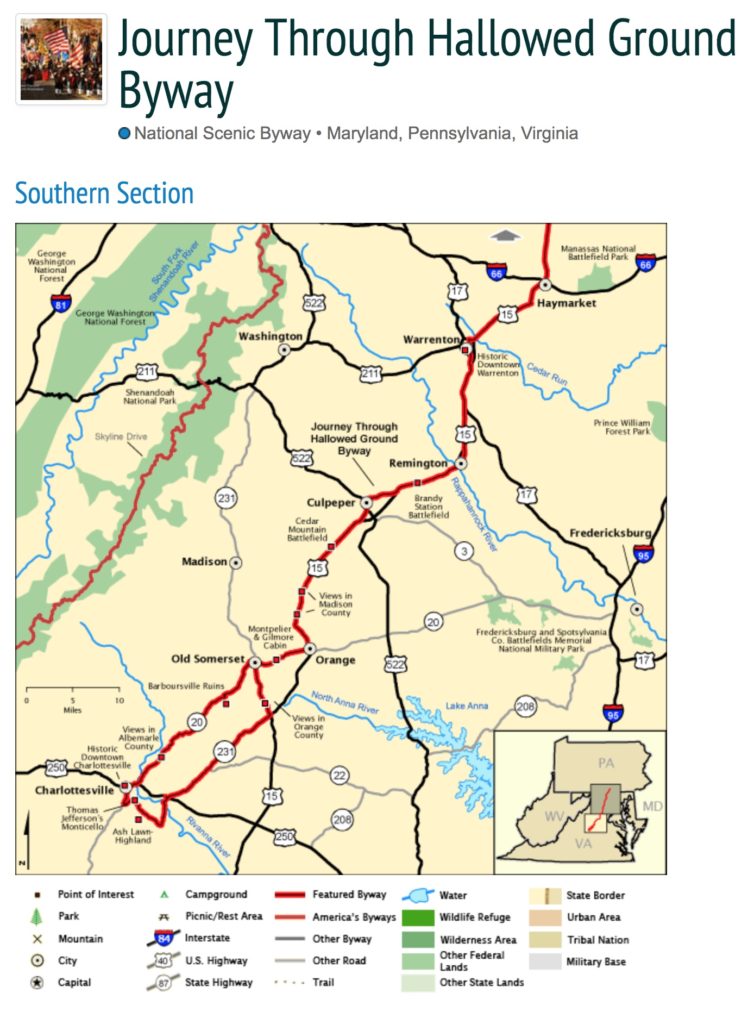
We are truly in the American South now. What was once the British Colony of Virginia. The birthplace of no less than eight US presidents, including George Washington and Thomas Jefferson. During the US Civil War, the Confederate capital was in Richmond, Virginia. Also in Virginia, in April 1865, near the town of Appomattox Court House, Confederate General Robert E. Lee surrendered the Army of Northern Virginia to Union General Ulysses S. Grant which effectively ended that terrible war. History everywhere. It is said that the entire three state drive on the Highway 15 byway (through parts of Pennsylvania, Maryland and Virginia) has more historic sites than any other in the US. Unfortunately, another thing Highways 15 and 20 seem to have (more in the north closer to DC and especially in Loudon County up north) is some creeping urban sprawl here and there. It was Civil War battlefields and shopping centers in some parts of the drive, but the sprawl thinned out as I left what has become part of suburban Washington DC. The Charlottesville area at the southern end of the drive certainly seems to be booming.
My Charlottesville friends recommend that next time I am heading south through this part of Virginia I should get over to 522 in the north and follow it along the base of the Blue Ridge Mountains through Flint Hill and Washington (the one the Virginians call “Little Washington”) to Sperryville, and then get on 231 through Madison all to the way to Gordonsville from which I can then head into Charleston. They say it is far more scenic and rural, and that Washington is a well restored old village. Another trip!
Anyway, it was April, a fantastic drive in the countryside in between new housing developments, and there was spring color everywhere (at least until I headed up to the Blue Ridge Parkway – more on that below). Lots of wineries, antiquing, some pretty old cities and towns, old farms, historic country churches, white picket fences and horse stables, and much more.
Warrenton was my favorite stop on the drive to Charlottesville – a very pleasant town – yet another of those smaller places one finds on the road that is punching above its weight. In sleepy Culpeper, Baby Jim’s Snack Bar easily won my Best Sign Award of this particular drive. It’s been in family hands since the 1940s; that’s one of the family members taking a break outside. We had a good chat. Sadly, the 1930s State Theater in Culpeper seemed to be yet another movie palace casualty. I read that it was sold off in a foreclosure auction in 2018, with its future use uncertain. Its days as a movie theater appear to be over.
By the time I got to Orange County north of Charlottesville, it was too late for a visit to Montpelier, the home of James Madison (fourth President of the United States). I spent a couple of days in Charlottesville, and I did make it to Monticello, where Thomas Jefferson (third President of the United States) lived, and the nearby Highland estate which was the site of James Monroe’s home (fifth President of the United States). Both Monticello and Highland are just outside Charlottesville in some gorgeous Virginia countryside which was exploding with color when I was there.
I will have to visit Montpelier on another drive.
The University of Virginia was founded (and some of it designed) by Thomas Jefferson and is tremendously historic. Both UVa and Jefferson’s Monticello – the home of the president and author of the US Declaration of Independence – are UNESCO World Heritage Sites and not to be missed.
UVa is quite a handsome campus. Go Cavaliers! Earlier in the month the UVa Cavs (also know as the “Wahoos” or the “Hoos” – I am not making this up) had beaten Texas Tech in the men’s basketball NCAA championship game in Minneapolis.
Something look familiar in this set when you get to the photos of Jefferson’s Monticello? Right – the US nickel coin’s reverse side is Monticello from the west side. Jefferson is on the front side.
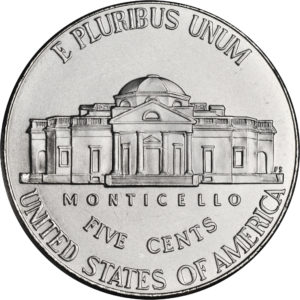
I departed Charlottesville and headed for the Blue Ridge Parkway – another National Scenic Byway and a spectacular one – to continue south. The spring color in the Piedmont and the Blue Ridge foothills was nowhere to be seen up on the Parkway. It seems that it was still too early in the year. The trees were just starting to get their leaves. Nonetheless it was still quite a drive – at least as far as I got. There had been a big ice storm over the winter with much tree damage along the Parkway, and parts of the road were closed for tree work. I got off near Roanoke and eventually rejoined the Parkway in a day or so after some exploring on the western slope. More on that next post.
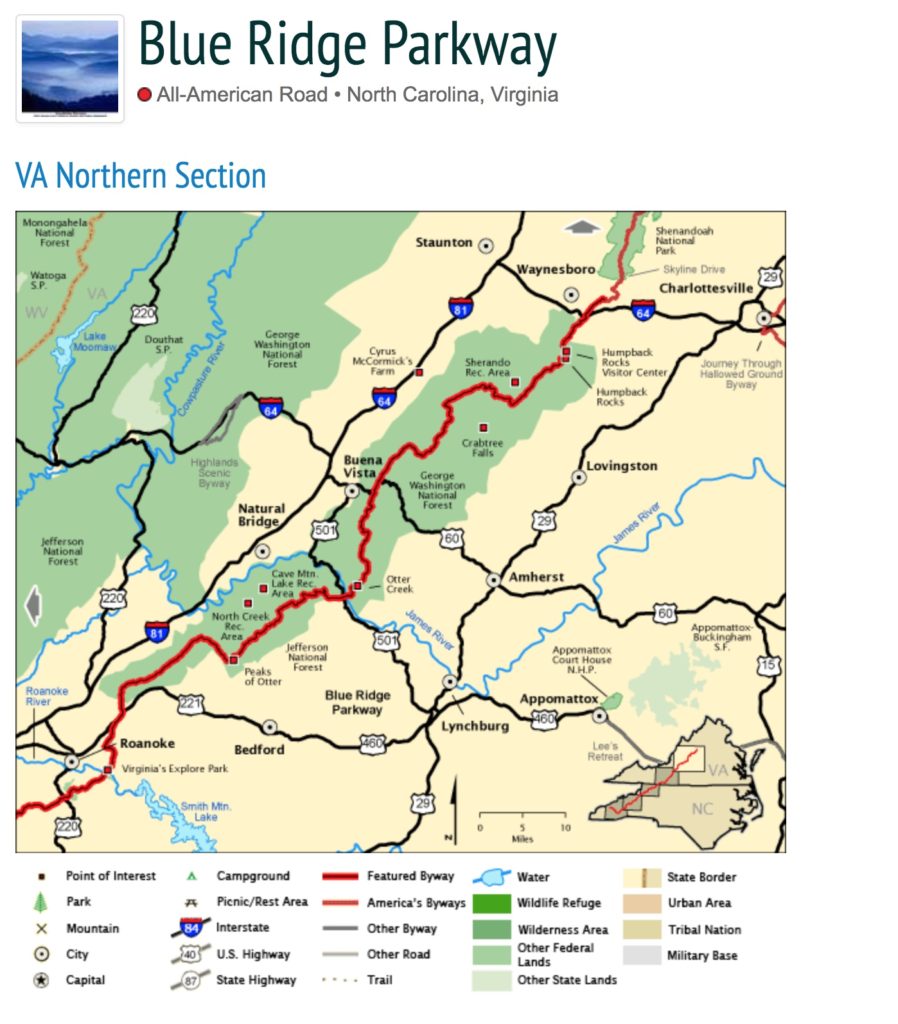
The photos follow below. Click on (or tap) an image to expand it (and use the arrow to the right on an expanded image to go through the set, if preferred over scrolling down in the post).
Enjoy!

Statue of John Marshall (Chief Justice of the US Supreme Ct. 1801–1835) outside the Circuit Court. Old Town Warrenton, on US Route 15 in Fauquier County, Virginia
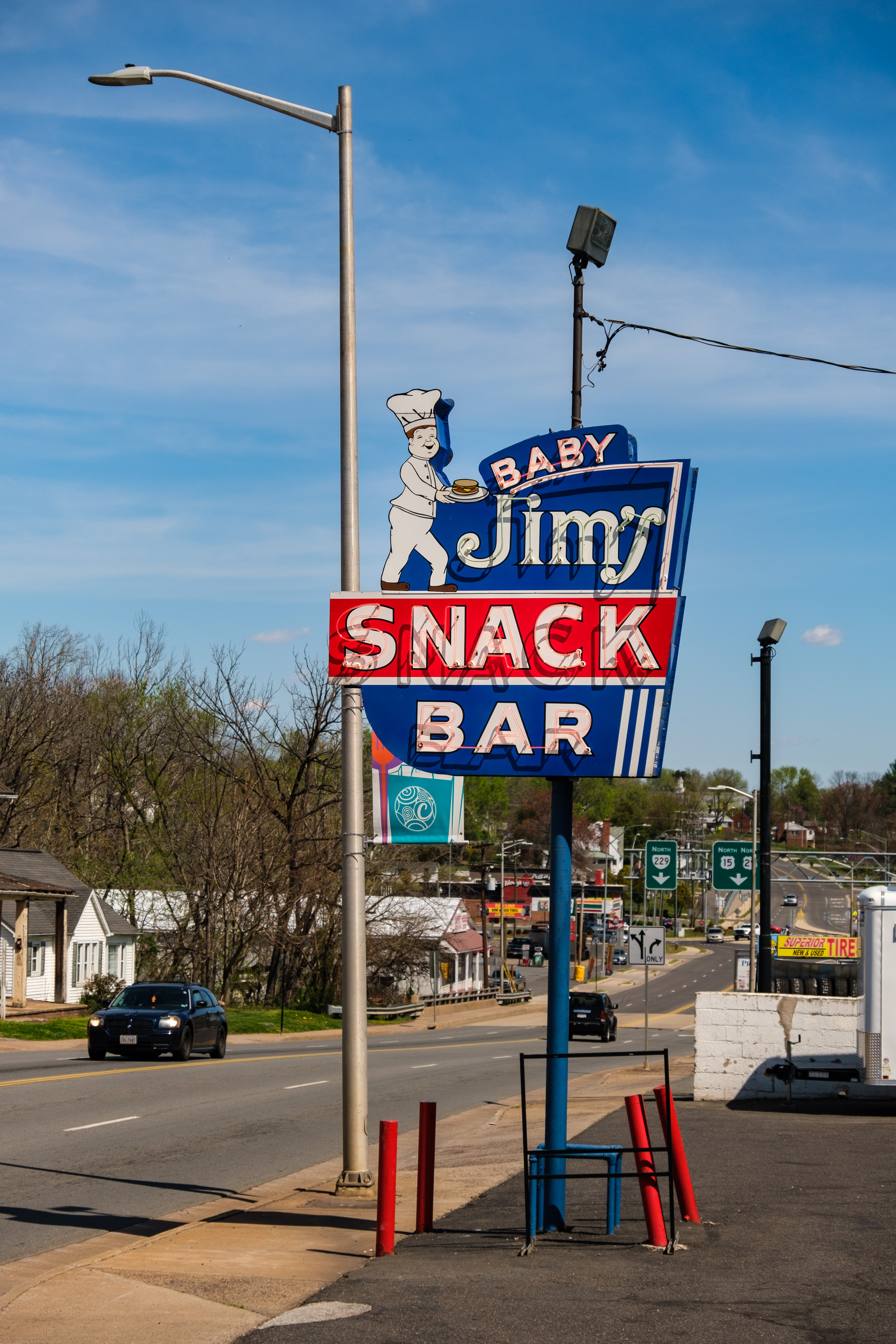
Baby Jim's Snack Bar, run and owned by the Jenkins family since 1947. On US Route 15 in Culpeper, Culpeper County, Virginia

Baby Jim's Snack Bar, run and owned by the Jenkins family since 1947. On US Route 15 in Culpeper, Culpeper County, Virginia

Culpeper State Theater (f/k/a the Pitts Theater), opened in 1938. On US Route 15 in Culpeper, Culpeper County, Virginia
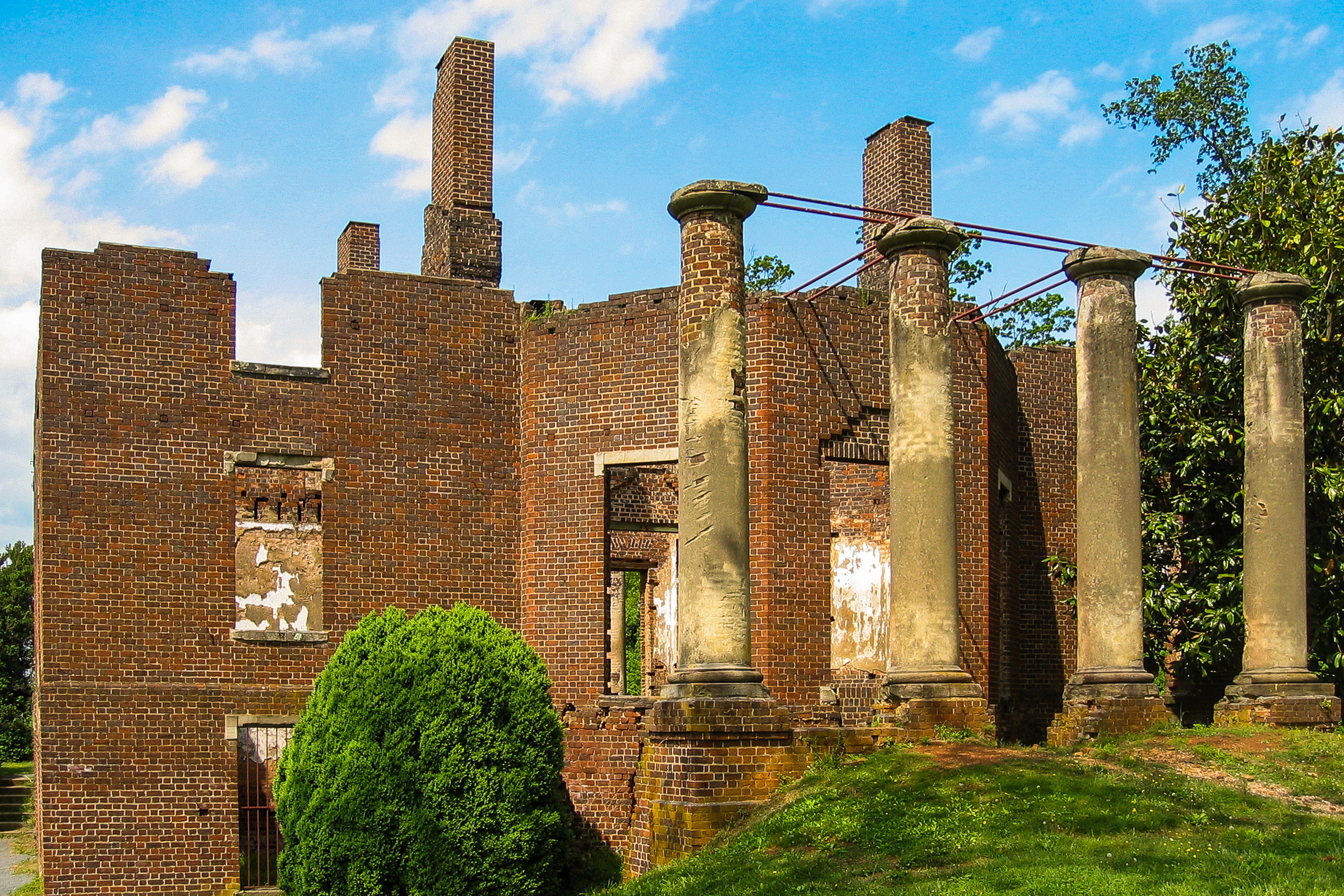
Ruins of the Barbourville mansion (designed by Thomas Jefferson), on the grounds of Barboursville Winery, Barboursville, Virginia.

Ruins of the Barbourville mansion (designed by Thomas Jefferson), on the grounds of Barboursville Winery, Barboursville, Virginia.

The University of Virginia's Rotunda. Designed by the university’s founder, Thomas Jefferson. Charlottesville, Virginia
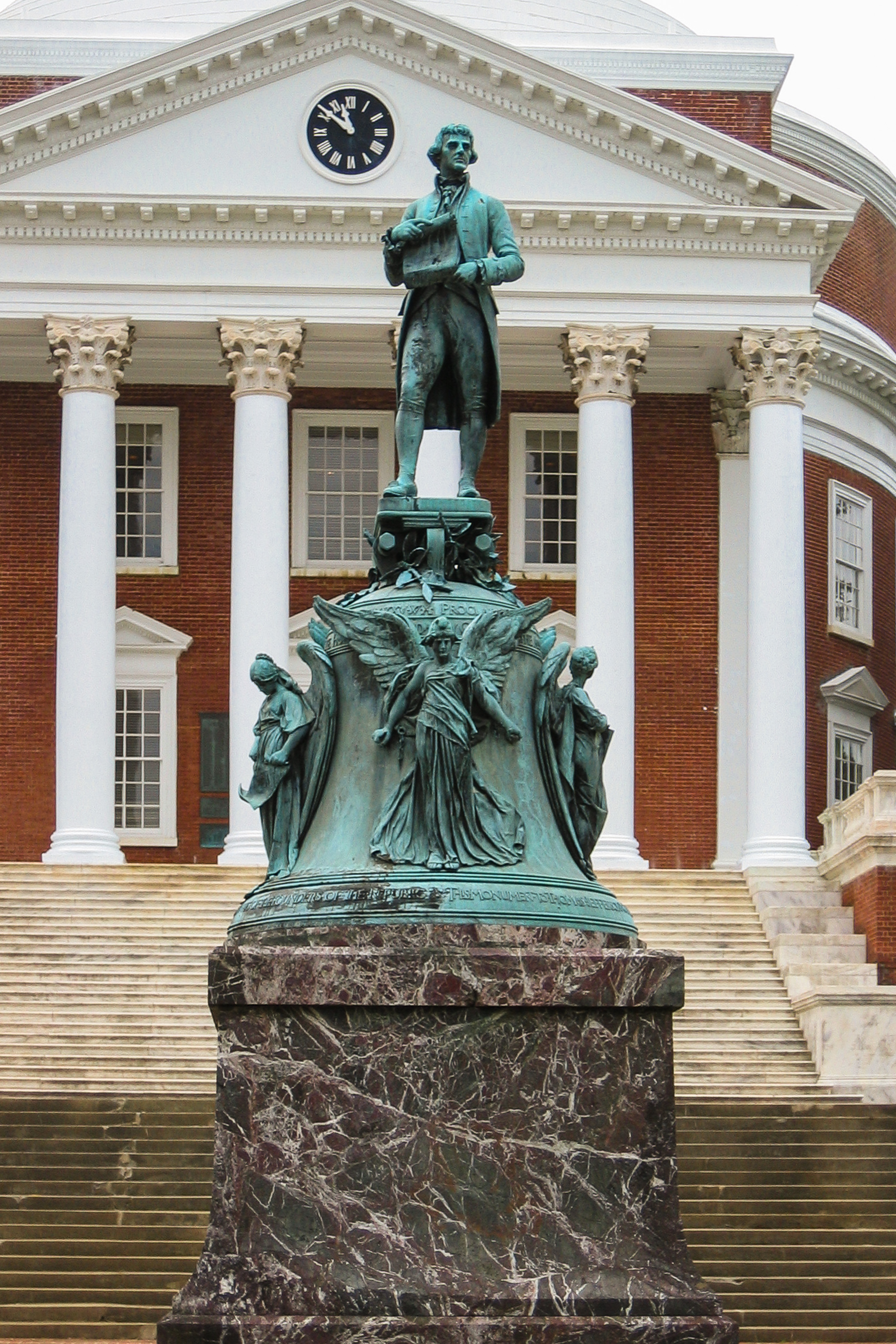
The University of Virginia's Rotunda. Designed by the university’s founder, Thomas Jefferson. Charlottesville, Virginia
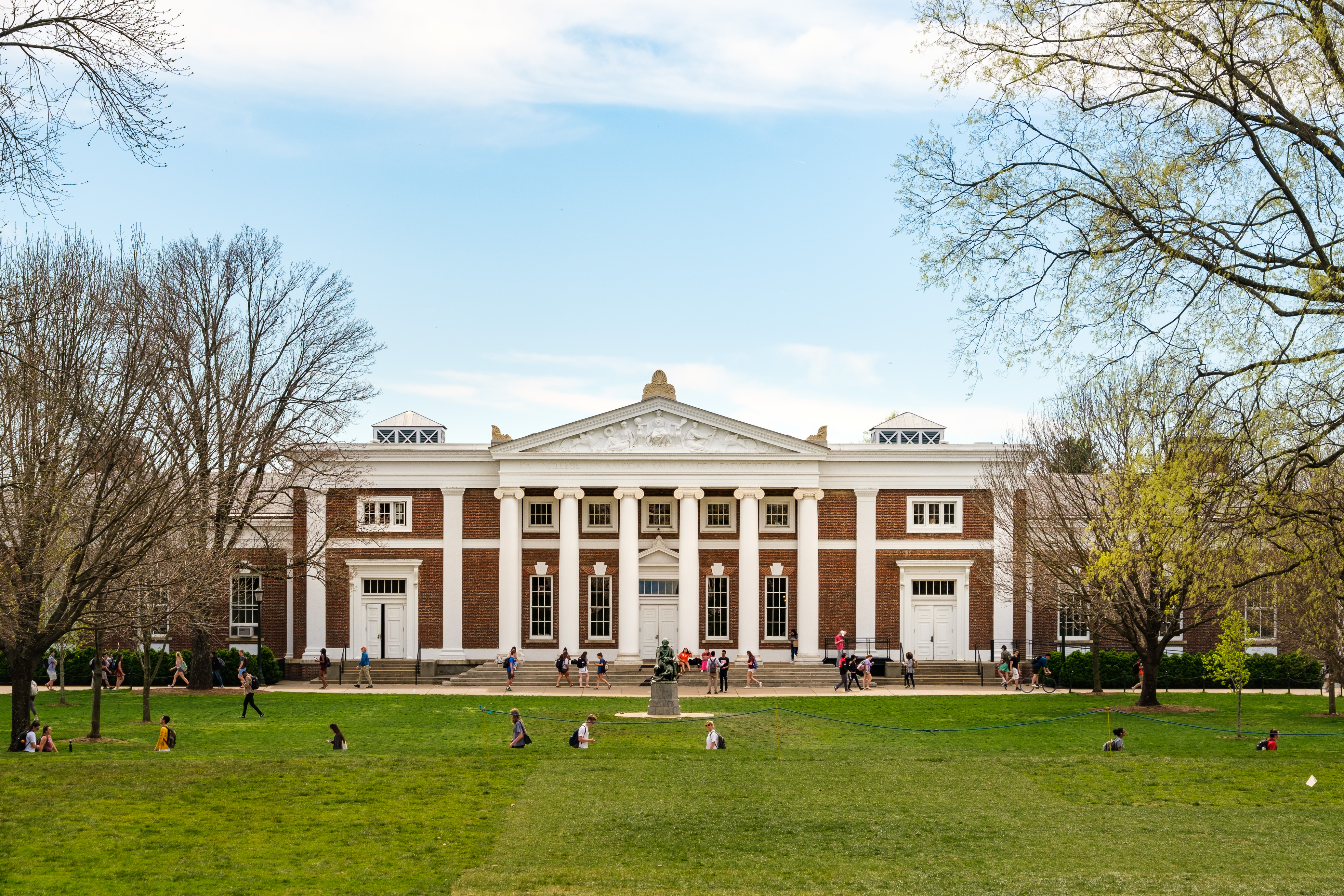
The Lawn, a part of Thomas Jefferson's Academical Village (looking toward Old Cabell Hall), University of Virginia. Charlottesville, Virginia.
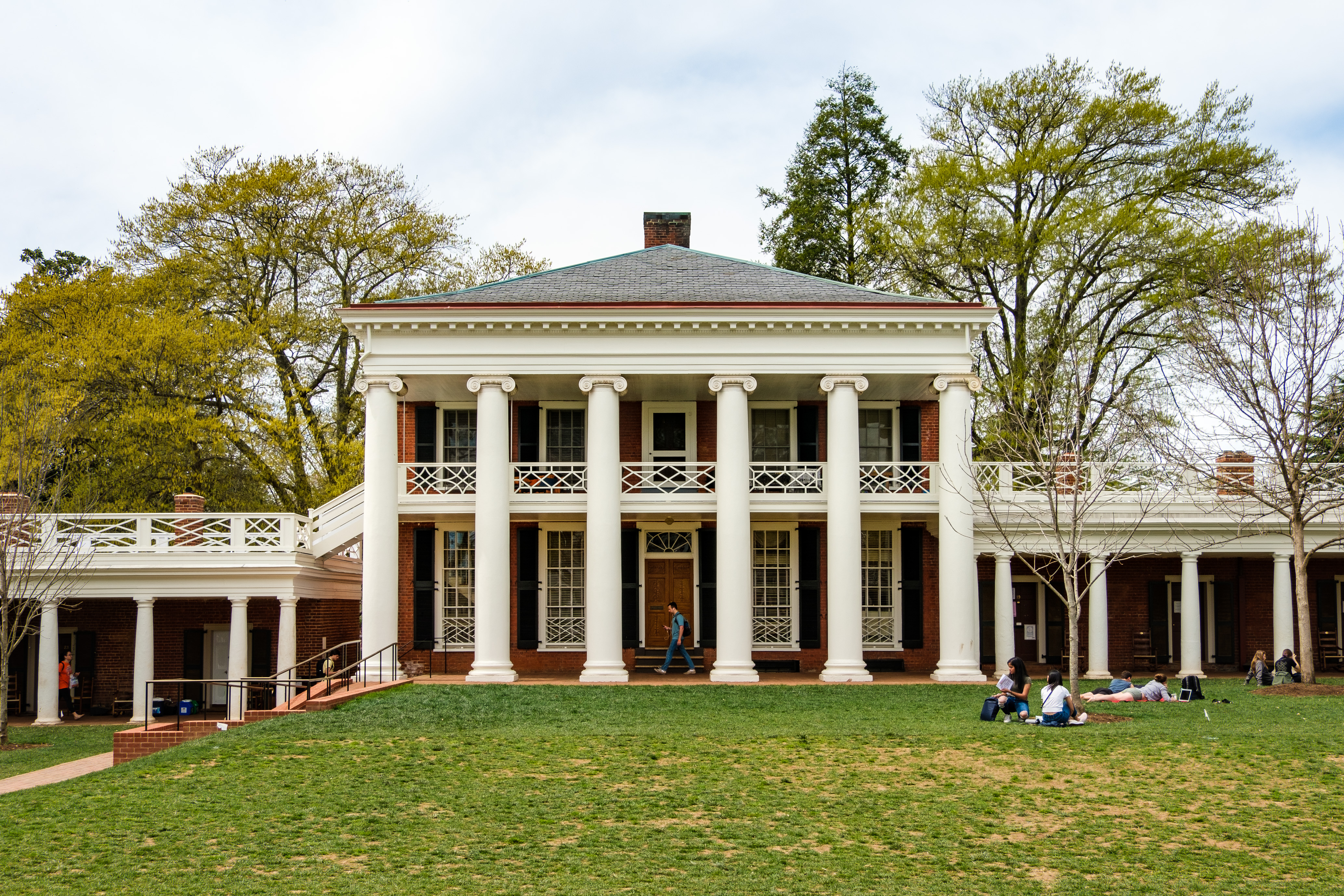
Student and faculty quarters at the Lawn, a part of Thomas Jefferson's Academical Village, University of Virginia. Charlottesville, Virginia.
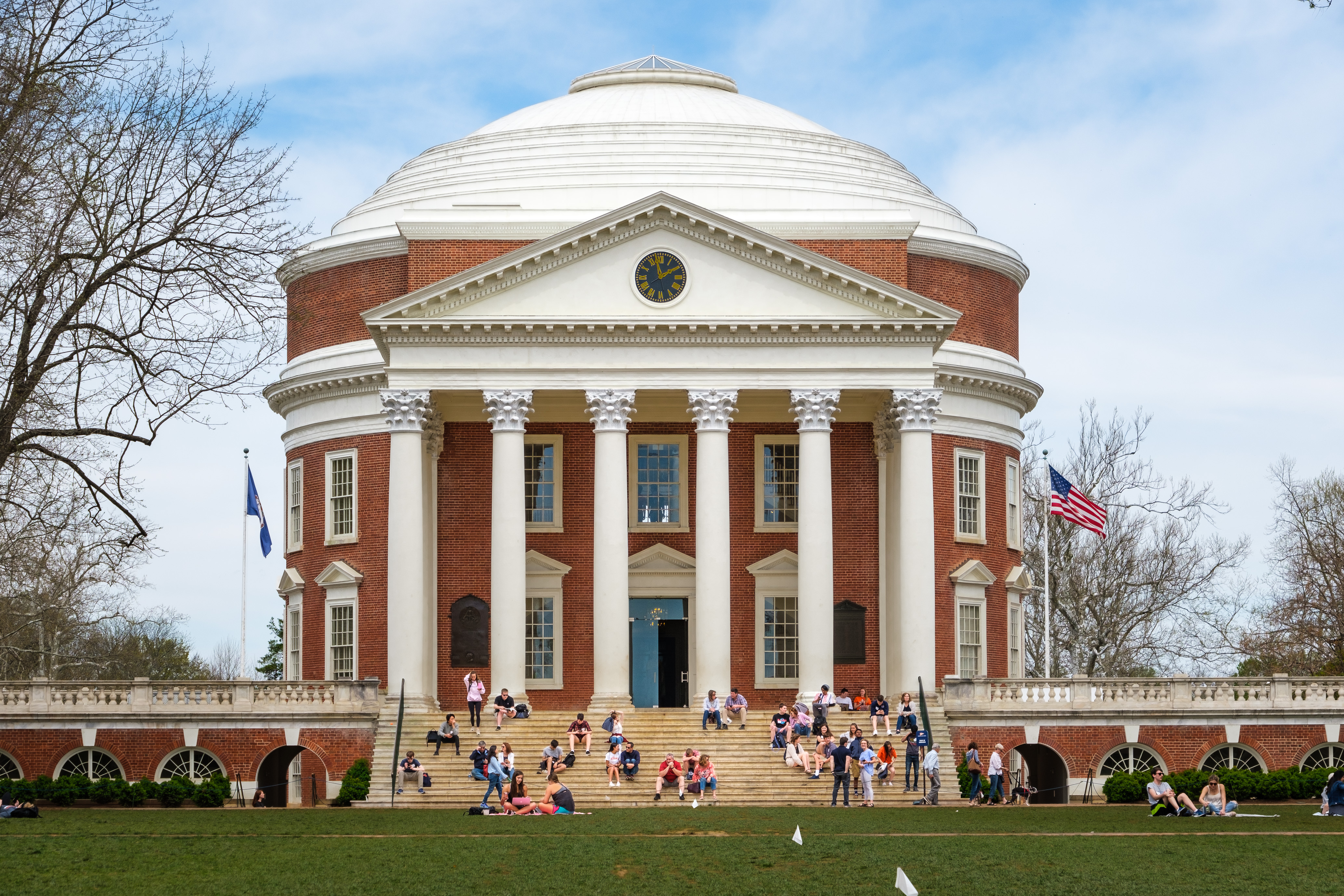
The University of Virginia's Rotunda. Designed by the university’s founder, Thomas Jefferson. Charlottesville, Virginia
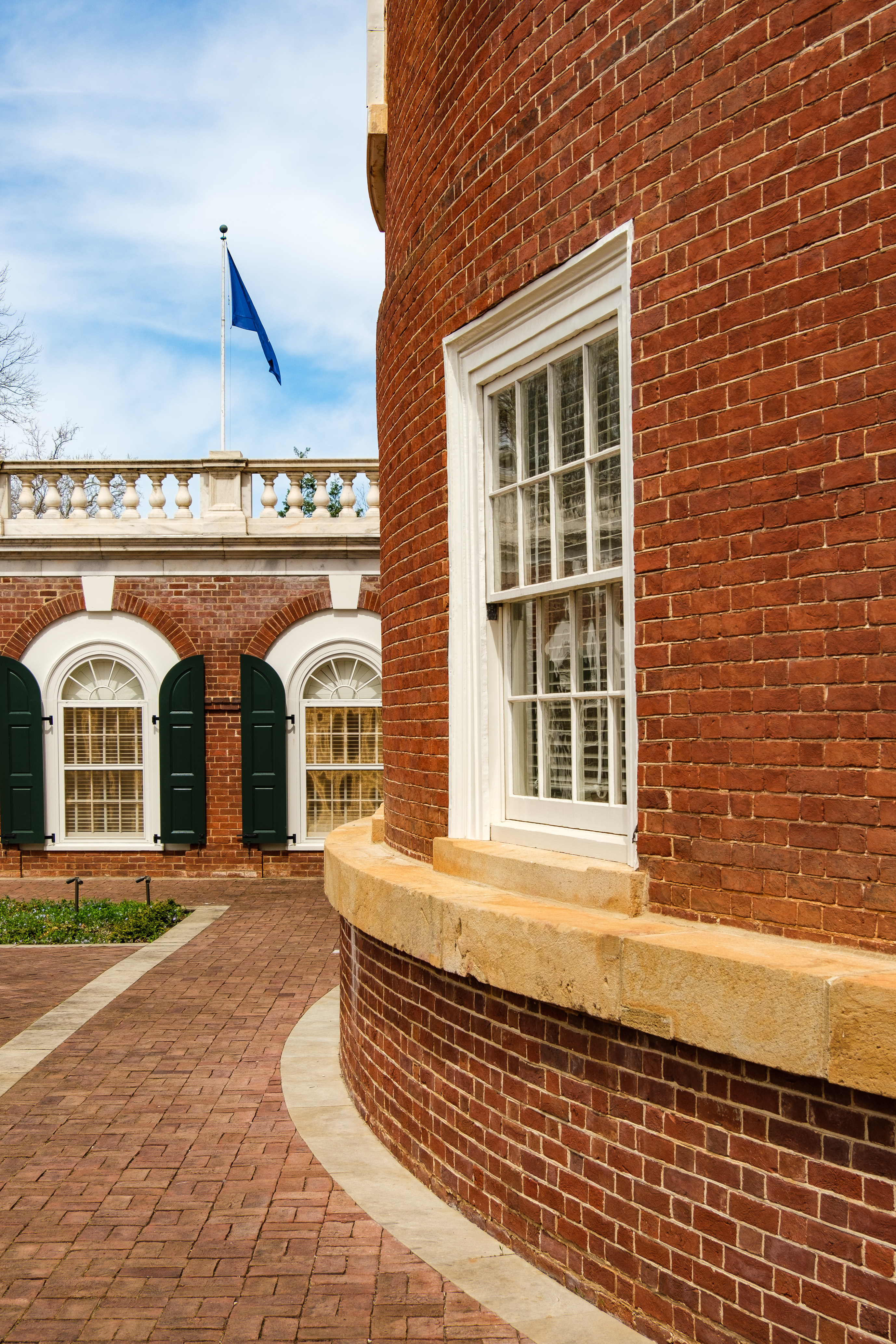
The University of Virginia's Rotunda. Designed by the university’s founder, Thomas Jefferson. Charlottesville, Virginia
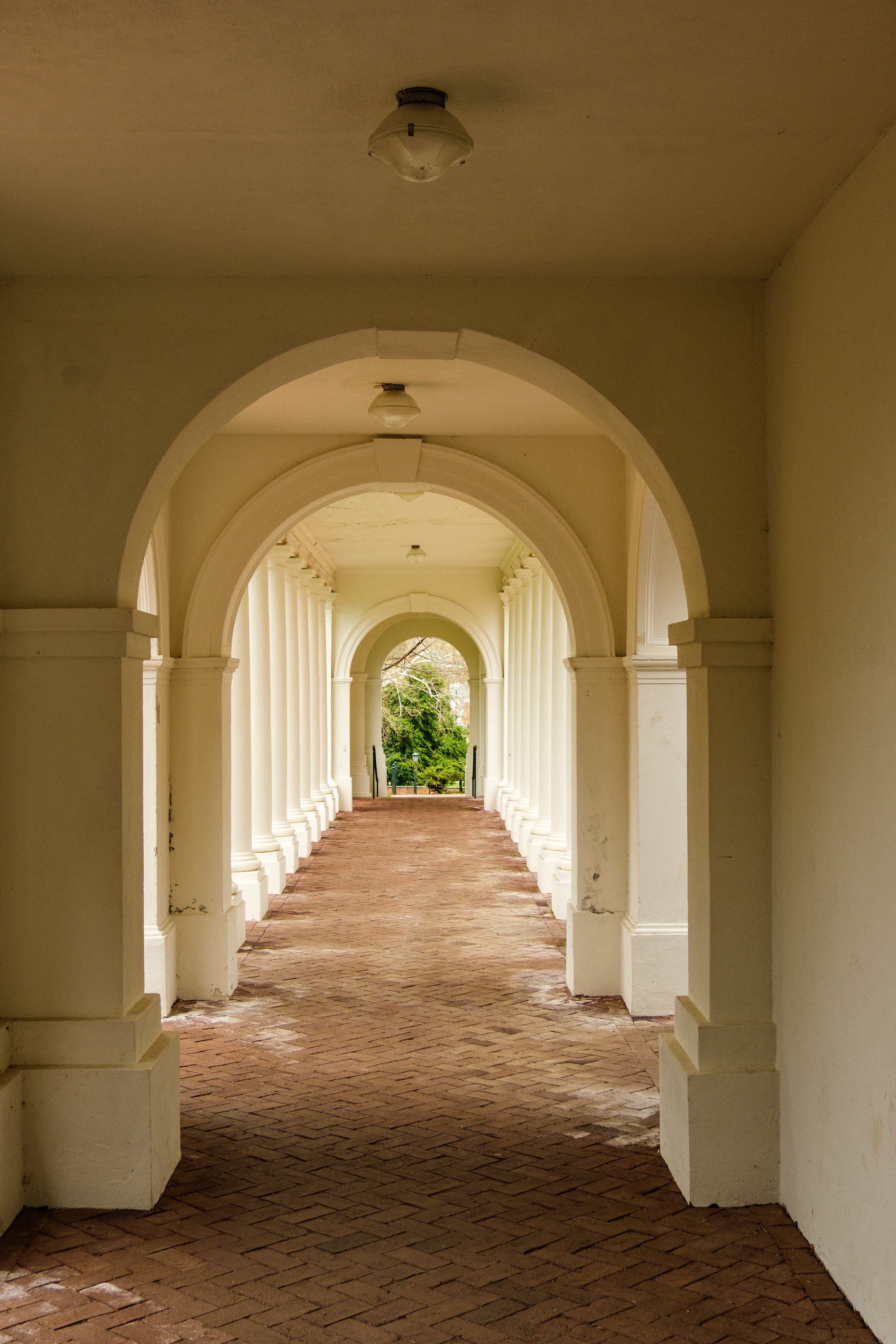
The University of Virginia's Rotunda. Designed by the university’s founder, Thomas Jefferson. Charlottesville, Virginia
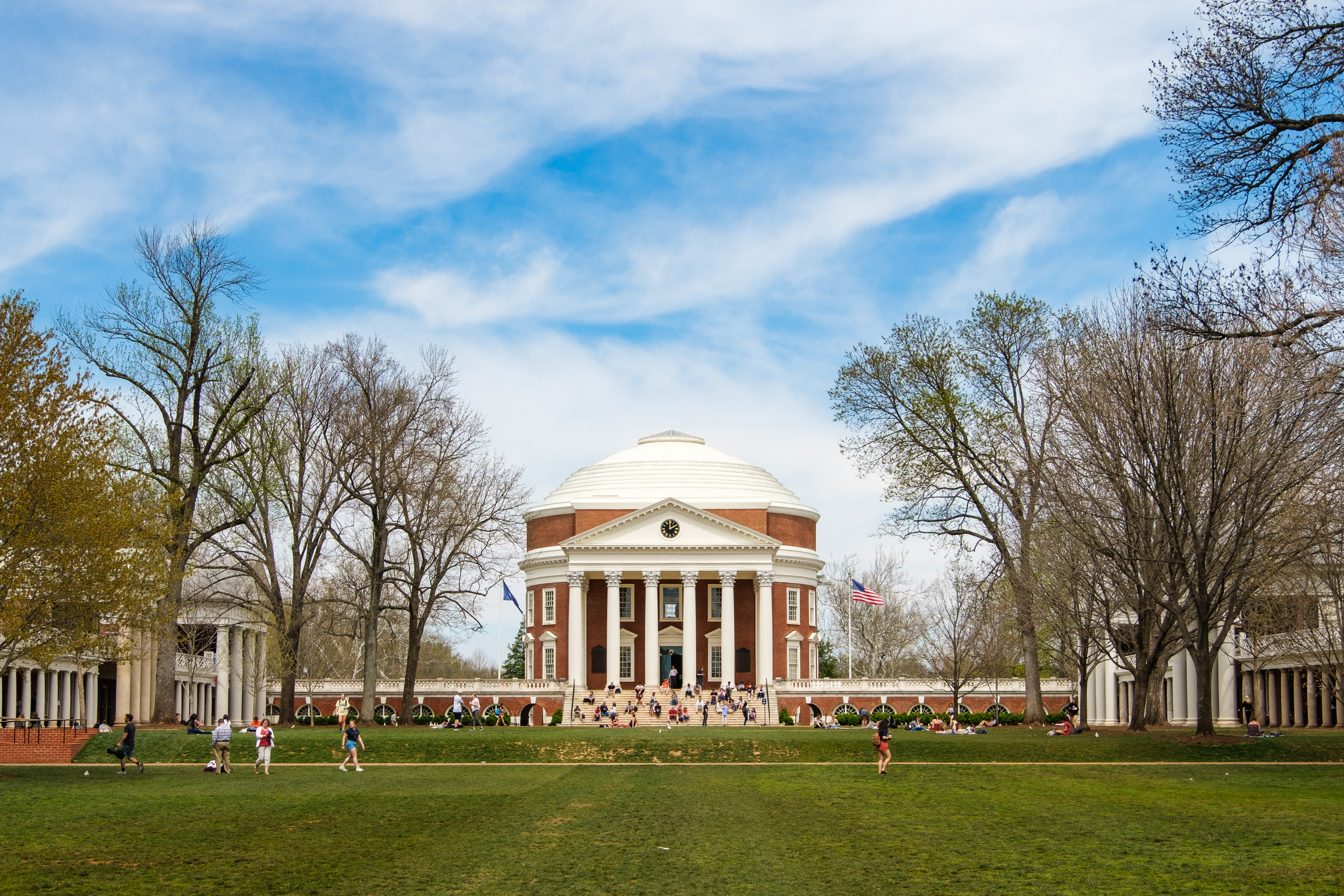
The Lawn, a part of Thomas Jefferson's Academical Village (looking toward the Rotunda), University of Virginia. Charlottesville, Virginia.

Student and faculty quarters at the Lawn, a part of Thomas Jefferson's Academical Village, University of Virginia. Charlottesville, Virginia.

Student and faculty quarters at the Lawn, a part of Thomas Jefferson's Academical Village, University of Virginia. Charlottesville, Virginia.
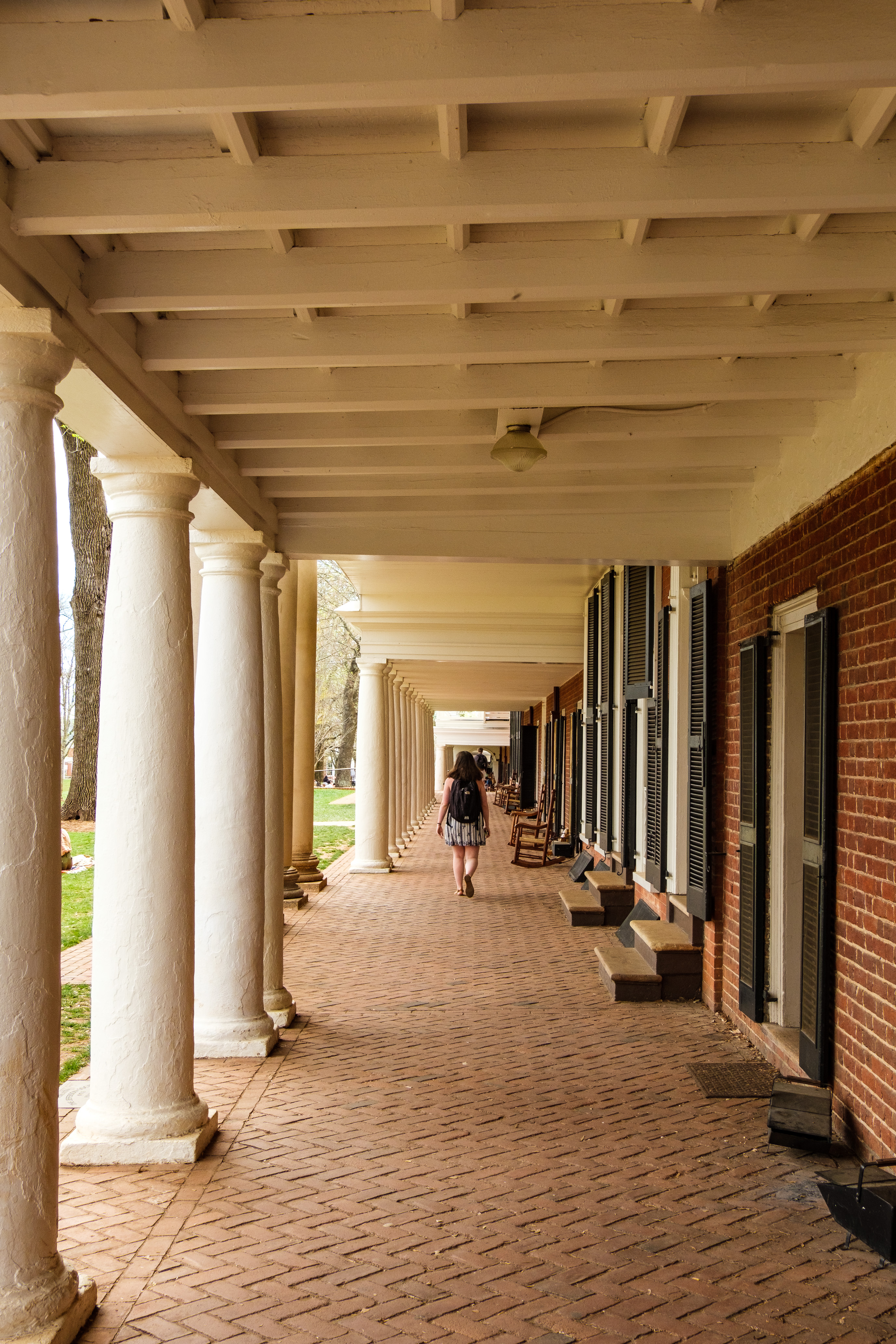
Student and faculty quarters at the Lawn, a part of Thomas Jefferson's Academical Village, University of Virginia. Charlottesville, Virginia.




